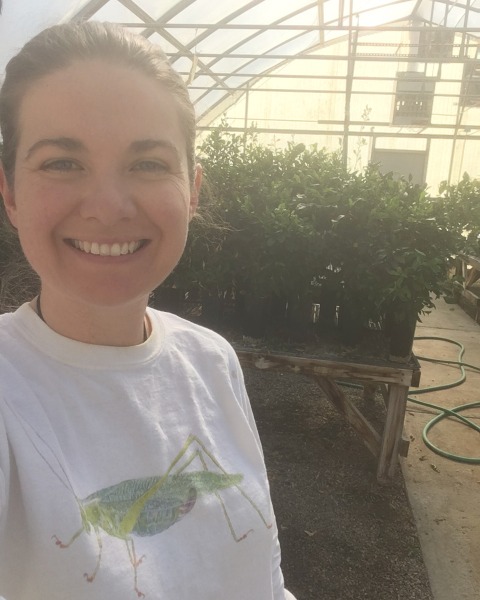10-Minute Presentation
Plant-Insect Ecosystems
10-min: P-IE, Biological Control 1
Cottony cushion scale in California's mandarins
Wednesday, November 13, 2024
10:06 AM - 10:18 AM MST
Location: Phoenix Convention Center, 126 C

Bodil N. Cass
Assistant Professor & Extension Specialist
University of California
Riverside, California- TR
Timo Rohula
University of California
Riverside, California
Presenting Author(s)
Co-Author(s)
The cottony cushion scale (Icerya purchasi, Hemiptera: Monophlebidae), is a a tiny-but-mighty hemipteran that nearly wiped out California's citrus industry in the late 1800s, before being famously tamed by the vedalia beetle (Novius cardinalis, Coleoptera: Coccinellidae) and a parasitic fly (Cryptochetum iceryae, Diptera: Cryptochetidae) that were introduced from Australia. For more than a century, these natural enemies have remained effective in regulating cottony cushion scale populations in California's citrus groves, constituting one of the first and most successful examples of classical biological control. However, a recent ecoinformatics analysis of commercial pest control advisor (PCA) scouting reports revealed a potential breakdown of cottony cushion scale control in mandarins (Citrus reticulata). Mandarins are a relatively new citrus crop in California to be grown at commercial scale, and appear to have different insect pest susceptibility compared to the historically more common orange varieties (C. sinensis). We are now experimentally testing different hypotheses to explain this observation, ranging from potential effects of host plant suitability for the pest, to potential limits on efficacy of the natural enemies such as changes in prey palatability. This is paired with a broader survey of cottony cushion scale populations across different citrus hosts in the geographically diverse growing regions of California, to help understand what is driving the increase in incidence of cottony cushion scale in mandarins.

.png)
